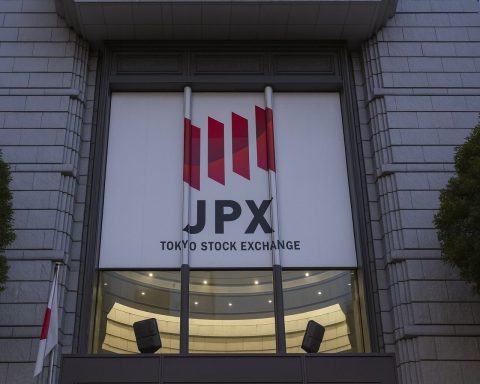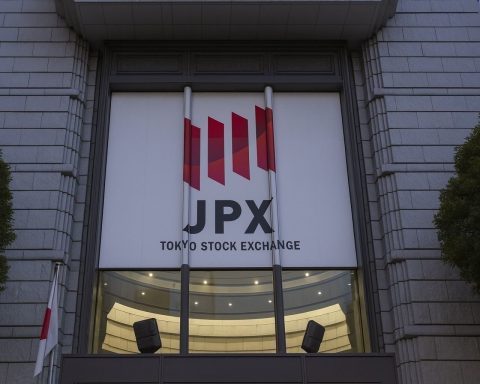- A shallow Ml 2.7 earthquake struck at 12:22 p.m. PDT on June 24, 2025, about 2 km northeast of Sherman Oaks, with a focal depth of ~5 km.
- Shaking was light (MMI IV), and the USGS Did You Feel It? page logged about 12 responses within the first 13 minutes.
- No injuries or structural damage were reported by local agencies as of press time.
- ShakeAlert did not issue an early warning because the ground motion remained below activation thresholds.
- The event occurred about 3 km SSE of Van Nuys, according to SCEDC data.
- Dr. Lucy Jones described small quakes as a “nudge” to keep your go-bag current.
- Susan Hough of USGS said recent clusters resemble popcorn and do not reliably foreshadow larger events.
- Los Angeles logged 15 independent sequences of magnitude ≥4 in 2024, the most in 65 years.
- Two notable Malibu quakes in 2024 were M4.7 on September 12 and M4.6 on February 9.
- The preparedness checklist advises Drop, Cover, Hold On, stocking 7 days of water at 1 gallon per person per day, securing furniture, and enabling ShakeAlert or myShake alerts.
A shallow, 2.7‑magnitude earthquake jolted Sherman Oaks at lunchtime on 24 June 2025, startling thousands of Angelenos and instantly reigniting the perennial question: Are we ready for the Big One? Drawing on U.S. Geological Survey (USGS) data, real‑time local reporting, and commentary from leading seismologists, this deep dive unpacks what actually happened beneath the Valley floor, what scientists know (and still don’t know) about small quakes, and why each modest temblor is a wake‑up call for Southern California.
1. The Event in a Nutshell
- Time & Epicenter. The quake struck at 12 : 22 p.m. PDT, 2 km (≈1 mi) northeast of Sherman Oaks, according to a reviewed solution from the Southern California Seismic Network and Caltech’s SCEDC [1].
- Magnitude & Depth. Its local magnitude was Ml 2.7 with a focal depth of ~5 km (3 mi) [2].
- Initial Media Confirmation. CBS Los Angeles, LAist, Spectrum News 1 and BNO News all confirmed the quake within minutes, citing USGS feeds [3] [4] [5] [6].
- Shaking Reports. Only light shaking (Modified Mercalli IV) was reported; by 12 : 35 p.m. the USGS “Did You Feel It?” page had logged a dozen community responses [7].
- Damage & Casualties. No injuries or structural damage had been recorded by local agencies as of press time [8].
2. Why a 2.7 Matters More Than You Think
“Every felt quake is a reminder that California is earthquake country.”
— USGS statement after a previous L.A. swarm, April 2021 [9]
Even modest quakes probe the region’s notoriously complex fault network. Caltech research associate Dr. Lucy Jonesfamously warns that small jolts should be treated as “alerts to check your preparedness kit” rather than dismissed as harmless curiosities [10] [11].
2.1 Stress Transfer vs. Stress Release
Seismologists note that quakes below magnitude 3 neither add nor relieve enough tectonic stress to measurably change the odds of a large rupture; they simply map where strain is accumulating. Caltech’s event catalog shows 432 quakes ≥ M1.5 in the Sherman Oaks area over the past year, illustrating persistent micro‑seismic activity on local splays of the Santa Monica Mountains thrust system [12].
3. Inside the Numbers
| Parameter | Value | Source | Why it matters |
|---|---|---|---|
| Local magnitude (Ml) | 2.7 | SCEDC | Quantifies energy release at the source. |
| Depth | 5 km | SCEDC | Shallow focus increases felt intensity. |
| Distance to Van Nuys | 3 km SSE | SCEDC | Explains shaking reports there. |
| DYFI responses | 12 in first 13 min | CBS / USGS | Crowdsourced intensity verification. |
Table compiled from SCEDC and CBS data [13] [14]
4. Community & Early‑Warning Performance
LAist notes that ShakeAlert did not issue an early warning because the expected ground motion stayed below activation thresholds [15]. That system normally triggers for intensities capable of causing at least minor damage (MMI IV‑V), underscoring how finely tuned—and deliberately conservative—California’s warning algorithms are.
5. Expert Voices
- Dr. Lucy Jones (Caltech): Small quakes like Sherman Oaks are “a nudge to keep your go‑bag current,” echoing her long‑standing message after every noticeable shaker [16].
- Susan Hough (USGS): Recent clusters resemble “popcorn” and don’t reliably foreshadow larger events, Hough told the Los Angeles Times during 2024’s seismic uptick [17].
6. Context: L.A.’s Busy Seismic Year
The Valley tremor is the latest bookmark in an unusually active 18‑month streak:
- 15 independent sequences ≥ M4 in 2024—highest in 65 years [18].
- 4.7 Malibu (12 Sept 2024) and 4.6 Malibu (9 Feb 2024) events rattled shelves across the basin [19].
- Micro‑quakes (< M3) appear daily; EarthquakeTrack logged 26 in the Valley in the last 30 days before Tuesday’s event [20].
7. Preparedness Checklist (Quick Refresh)
- Drop, Cover, Hold On—practice for both jolts and long rollers.
- Update Supplies—water (1 gal/person/day for 7 days), meds, power banks.
- Secure Your Space—bolt bookcases; install latches on cabinets.
- Know Your Alerts—enable ShakeAlert on Android or myShake on iOS.
- Community Engagement—join an LAFD‑run CERT class for hands‑on training [21].
8. Take‑Away
Tuesday’s quake was minor, but it served a major purpose: it reminded 18 million Southern Californians that seismic reality doesn’t take lunch breaks. While no immediate escalation is expected, experts agree that using each jolt as a prompt to fine‑tune preparedness is the smartest move Angelenos can make. In the words of Dr. Jones, “Reality is real, and it doesn’t care what you believe.”
References
1. scedc.caltech.edu, 2. scedc.caltech.edu, 3. www.cbsnews.com, 4. laist.com, 5. spectrumnews1.com, 6. bnonews.com, 7. www.cbsnews.com, 8. bnonews.com, 9. www.latimes.com, 10. www.latimes.com, 11. en.wikipedia.org, 12. earthquaketrack.com, 13. scedc.caltech.edu, 14. www.cbsnews.com, 15. laist.com, 16. www.latimes.com, 17. www.latimes.com, 18. www.latimes.com, 19. www.latimes.com, 20. earthquaketrack.com, 21. lafd.org










